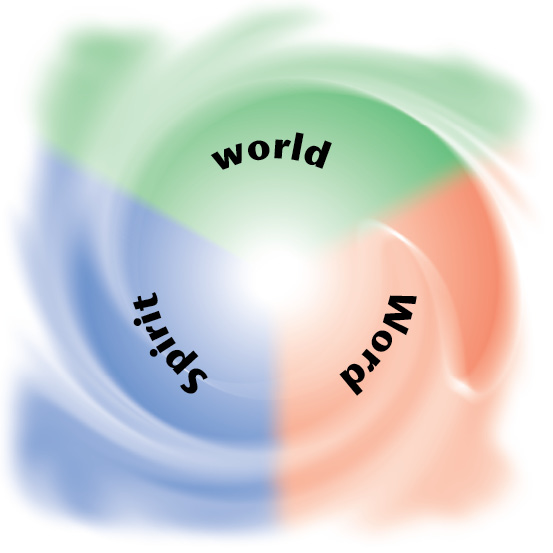W
hat is at the center of the Christian faith? Without a doubt, it is a personal experience of God himself, whom we can see at work in creation, approaching us through Jesus of Nazareth and in the power of the Holy Spirit. That‘s the New Testament experience per se. Originally, the Trinity was not a formula, nor a doctrine, nor even an ideology, but rather an event recounted, an experience witnessed, and a relationship encountered.
The goal of the Trinitarian Compass, the theological core of NCD, is to help people experience God’s initiative toward us and the practical consequences of that. The Compass strives to release what we are accustomed to refer to as the “Trinity” from the abstraction of a theological formula. It aims to make our encounter with the triune God part of our everyday life. It seeks to reveal what it means to experience God in three different ways while always meeting the same God.
Once you become familiar with the Trinitarian Compass, you will discover that it is all about the two themes of “oneness” and “threefoldness,” and always with reference to God himself. The Compass uses the symbolic language of color—green, red, and blue. The individual colors relate to the creation revelation (green), the salvation revelation (red), and revelation through the Holy Spirit (blue). All three areas share the common reality of an encounter with God, yet they differ from each other in terms of the dimension of God’s revelation that is emphasized. In other words, the Trinitarian Compass is all about identity (oneness) and diversity (threefoldness), which has been the predominant theme of the age-old discussion of the Trinity.
However, the focus of the Trinitarian Compass is not targeted on the relationship which the three divine persons have with one another. (I would guess that throughout the history of theology, everything that can be said about this theme, has already been said, and possibly even a little bit more.) Rather, the focus of the Trinitarian Compass is to describe how we, as human beings, relate to the divine Trinity. Both questions are important, but neither should be confused with the other. I don‘t know how much more time God will give me on this planet, but most likely I will invest the rest of my life in nothing other than continuing to work on this topic, both theologically and practically. It seems to me that in this area we have only just begun.
 Christian spirituality should fulfill the following three criteria: It should be Word-based (red segment), Spirit-directed (blue) and world-focused (green). If one, or even two, of the three dimensions are underdeveloped, there is a lack of spiritual balance.
Christian spirituality should fulfill the following three criteria: It should be Word-based (red segment), Spirit-directed (blue) and world-focused (green). If one, or even two, of the three dimensions are underdeveloped, there is a lack of spiritual balance.
Further topics in the above chapter of the full version of the book
The Trinity as an immensely practical theme - The essence of the three colors - Both/and rather than either/or - God as a person - God‘s truth, goodness, and beauty - Male, female, and neutral images

